Table of Contents
- Introduction to Sodium Garlic Powder
- What Is Sodium Garlic Powder?
- How to Use Sodium Garlic Powder
- Practical Tips for Using Sodium Garlic Powder
- Comparison Table: Sodium Garlic Powder vs. Fresh Garlic
- Buying Guide for Sodium Garlic Powder
- Frequently Asked Questions About Sodium Garlic Powder
- Conclusion
Introduction to Sodium Garlic Powder
Garlic is one of the most versatile ingredients in the kitchen, known for its bold flavor and health benefits. But what if you could capture that rich, savory taste without the hassle of peeling, chopping, or even cooking? That's where sodium garlic powder comes in—a concentrated, easy-to-use form of garlic that can elevate your dishes with just a pinch.
According to the American Heart Association, sodium intake should be monitored for heart health. Sodium garlic powder contains added sodium as a preservative, which affects both flavor and nutritional profile compared to fresh garlic. This article provides evidence-based information from nutrition experts on safe usage, health impacts, and practical applications.
What Is Sodium Garlic Powder?
Sodium garlic powder is a dehydrated and ground version of garlic that contains sodium as a preservative. It's often used as a seasoning in commercial food products and home kitchens alike. Unlike regular garlic powder, which may not contain sodium, sodium garlic powder is specifically formulated to extend shelf life and enhance flavor stability.
According to the USDA FoodData Central database, the dehydration process reduces allicin content (the primary bioactive compound in garlic) by approximately 70-90% compared to fresh garlic. The added sodium also means sodium garlic powder contributes to daily sodium intake, which the American Heart Association recommends limiting to 2,300mg per day for most adults.
It's important to note that while it has a strong garlic taste, it's much more concentrated than fresh garlic. A little goes a long way, so it's best to start with a small amount and adjust to taste.
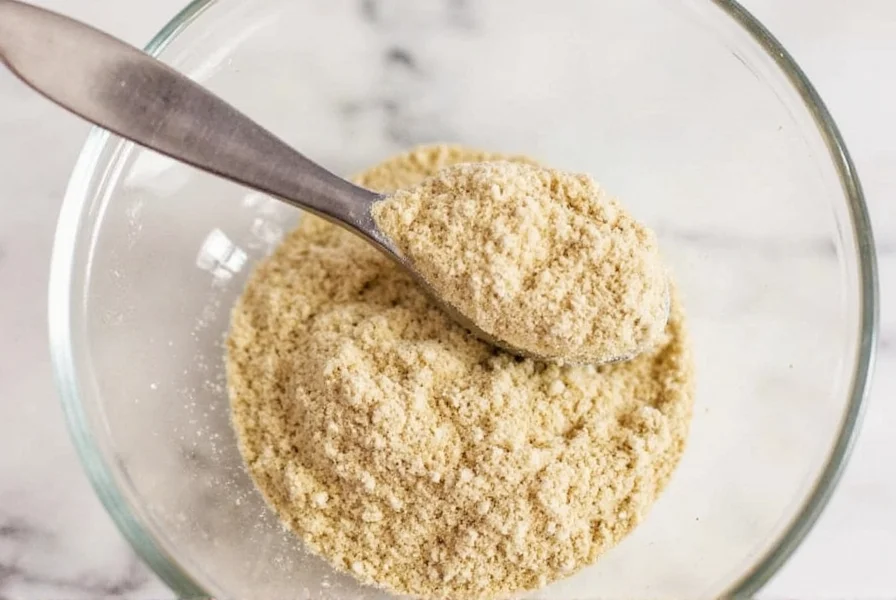
How to Use Sodium Garlic Powder
Using sodium garlic powder is straightforward, but there are a few things to keep in mind to get the most out of it:
- Seasoning: Add it to soups, stews, sauces, and marinades for a quick boost of garlic flavor.
- Baking: Sprinkle it over roasted vegetables or mix it into bread dough for a subtle garlic kick.
- Cooking: Use it in stir-fries, sautés, and meat dishes to add depth and richness.
- Snacks: Mix it into dips, spreads, or seasoning blends for an extra layer of flavor.
One of the biggest advantages of sodium garlic powder is its versatility. Whether you're cooking for yourself or preparing a large batch of food, it's a convenient option that doesn't require any preparation.
Practical Tips for Using Sodium Garlic Powder
Here are some tips to help you make the most of sodium garlic powder in your kitchen:
- Start Small: Because it's so potent, begin with a quarter teaspoon and increase as needed.
- Combine with Other Flavors: Pair it with herbs like thyme, rosemary, or oregano for a more complex flavor profile.
- Use in Dry Rubs: Mix it with salt, pepper, and other spices to create a flavorful dry rub for meats.
- Store Properly: Keep it in an airtight container away from heat and moisture to maintain its potency.
- Check the Label: Look for products with minimal additives and no unnecessary fillers.
By following these simple guidelines, you can ensure that your dishes are consistently delicious and well-seasoned.
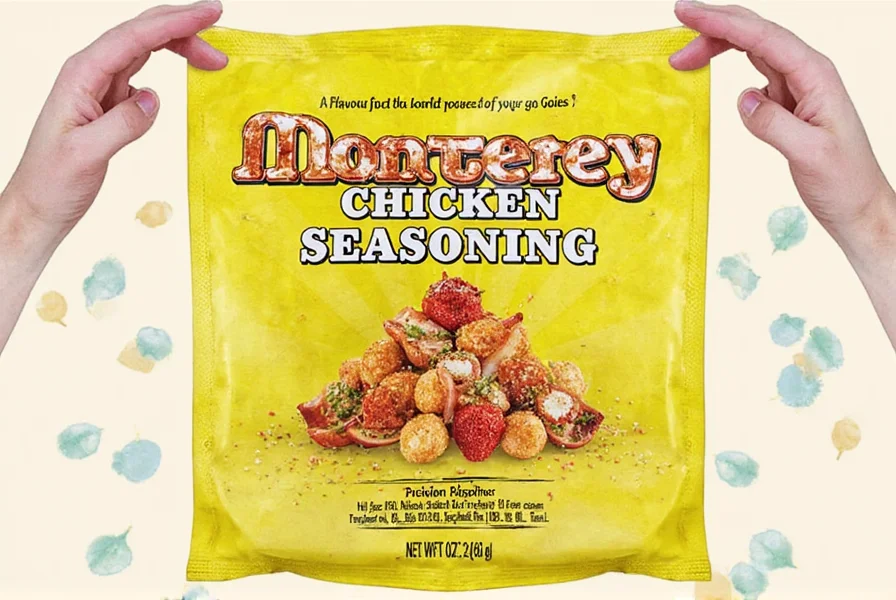
Comparison Table: Sodium Garlic Powder vs. Fresh Garlic
| Feature | Sodium Garlic Powder | Fresh Garlic |
|---|---|---|
| Flavor Intensity | Very Strong | Moderate to Strong |
| Preparation Time | None | Peeling and Chopping |
| Shelf Life | Long (up to 1-2 years) | Short (1-2 weeks) |
| Usage Flexibility | High | Moderate |
| Health Benefits | Limited (due to processing) | High (rich in antioxidants and nutrients) |
This comparison shows that while sodium garlic powder is convenient and long-lasting, fresh garlic offers more nutritional value and a more natural flavor. However, when convenience is key, sodium garlic powder is hard to beat.
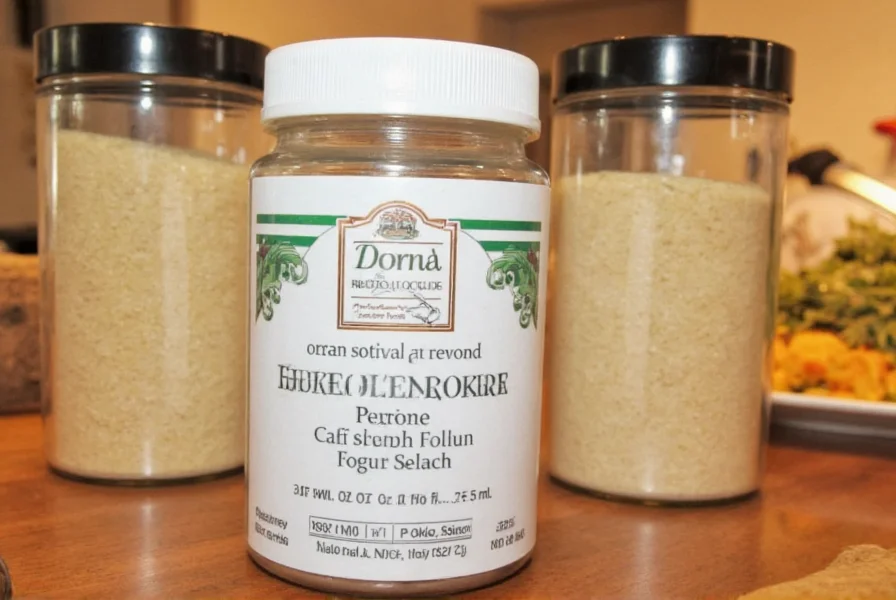
Buying Guide for Sodium Garlic Powder
If you're looking to purchase sodium garlic powder, here are some factors to consider:
Features
- Concentration: Look for products with high garlic content and minimal additives.
- Preservatives: Some brands use sodium as a preservative, which can affect the flavor and texture.
- Origin: Choose products from reputable manufacturers or regions known for quality garlic.
Advantages
- Time-Saving: No need to peel or chop garlic.
- Consistent Flavor: Provides a uniform taste every time.
- Storage-Friendly: Easy to store in small containers.
Use Cases
- Cooking at Home: Ideal for busy cooks who want to save time.
- Commercial Kitchens: Used in restaurants and food production for efficiency.
- Outdoor Cooking: Great for grilling, camping, or picnics.
Target Audience
- Home Chefs: For those who enjoy cooking but want to simplify their process.
- Food Enthusiasts: For people who love experimenting with different flavors.
- Busy Professionals: For individuals who don't have time for meal prep.
Suitable Occasions
- Weeknight Dinners: Quick and easy to use for family meals.
- Potlucks and Gatherings: Perfect for large-scale cooking.
- Camping Trips: Lightweight and easy to carry.
When choosing a product, always read the label carefully and look for trusted brands. A sentence that expands on the sodium garlic powder: It's a powerful, concentrated seasoning that delivers intense garlic flavor with minimal effort—making it a must-have for any spice rack.
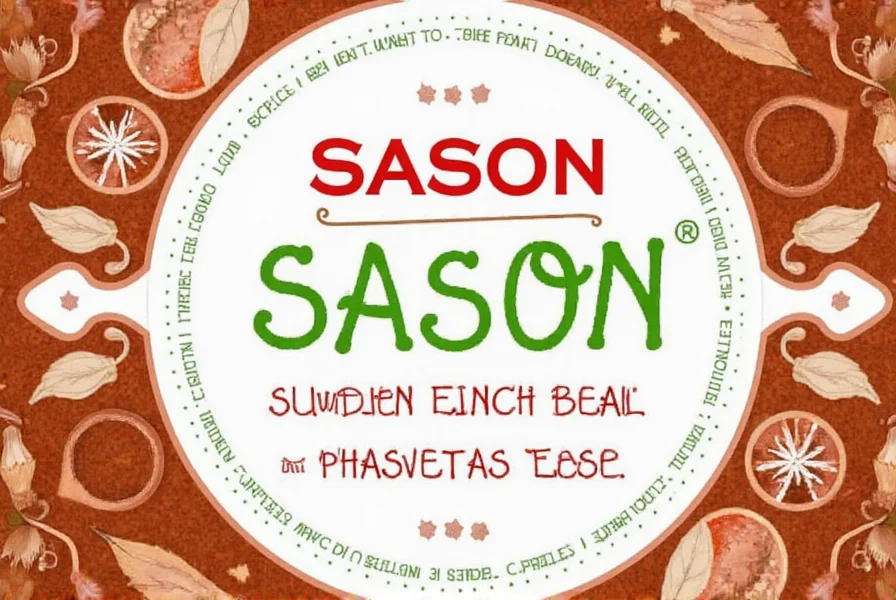
Frequently Asked Questions About Sodium Garlic Powder
What is the difference between sodium garlic powder and regular garlic powder?
Sodium garlic powder contains added sodium as a preservative, which helps extend its shelf life. Regular garlic powder is typically pure dehydrated garlic with no additives. The sodium content makes sodium garlic powder last longer but also adds saltiness to dishes. According to the USDA, sodium garlic powder typically contains 5-10% sodium by weight, while regular garlic powder contains less than 1% sodium.
Is sodium garlic powder healthy?
Sodium garlic powder retains some of garlic's beneficial compounds but in reduced amounts compared to fresh garlic. The added sodium means those watching their salt intake should use it sparingly. The American Heart Association recommends limiting sodium intake to 2,300mg per day. For health benefits, fresh garlic is superior due to higher allicin content, but sodium garlic powder can be used in moderation as part of a balanced diet.
How much sodium garlic powder equals one clove of garlic?
Approximately 1/8 teaspoon of sodium garlic powder equals one medium clove of fresh garlic. However, because it's more concentrated and contains sodium, you may want to use slightly less than this ratio, especially if you're monitoring sodium intake. The American Heart Association suggests that for every 1/8 teaspoon of sodium garlic powder used, you should reduce other added salt in the recipe by 1/16 teaspoon to maintain healthy sodium levels.
Can I use sodium garlic powder as a substitute for fresh garlic?
Yes, sodium garlic powder can substitute for fresh garlic in most recipes. Use about 1/8 teaspoon of powder per clove of garlic called for in the recipe. Keep in mind that it won't provide the same texture as fresh garlic, and the flavor profile is more intense and slightly different due to the dehydration process and added sodium. For recipes where texture matters (like roasted garlic), fresh garlic is preferable.
How should I store sodium garlic powder?
Store sodium garlic powder in an airtight container in a cool, dark place away from heat and moisture. Properly stored, it can maintain its flavor and potency for 1-2 years. Avoid storing it near the stove or in humid areas, as moisture can cause clumping and reduce shelf life. The USDA recommends storing spices in opaque containers to preserve potency.
Does sodium garlic powder have the same health benefits as fresh garlic?
No, sodium garlic powder has reduced health benefits compared to fresh garlic. The dehydration process diminishes some of garlic's beneficial compounds, particularly allicin, which is most potent in fresh, crushed garlic. Additionally, the added sodium means it's not ideal for those on sodium-restricted diets. According to a study published in the Journal of Food Science, the allicin content in processed garlic products is typically 70-90% lower than in fresh garlic.
Why does garlic powder contain sodium?
Sodium is added to garlic powder as a preservative to extend shelf life and prevent caking. It helps maintain the powder's texture and prevents moisture absorption. Some commercial products include it to enhance flavor stability, though not all garlic powders contain added sodium. The FDA allows sodium as a preservative in spice products under 21 CFR 172.105.
Can I make my own sodium garlic powder at home?
You can make garlic powder at home by dehydrating fresh garlic and grinding it into a powder, but it won't contain added sodium unless you mix it in yourself. Homemade versions lack preservatives, so they have a shorter shelf life (about 6 months) compared to commercial sodium garlic powder (1-2 years). The USDA recommends storing homemade garlic powder in the refrigerator for maximum freshness.
Conclusion
Sodium garlic powder is a convenient seasoning option that delivers intense garlic flavor with minimal effort. However, according to nutrition experts, it should be used in moderation due to added sodium content and reduced health benefits compared to fresh garlic. The American Heart Association recommends monitoring sodium intake for heart health, and the USDA suggests using fresh garlic when possible for maximum nutritional benefits.
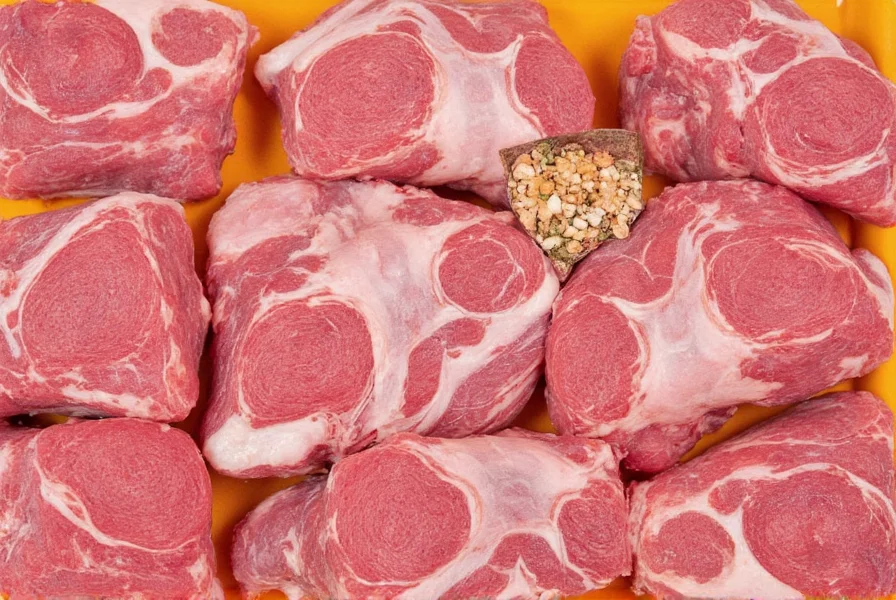
For optimal health and flavor, consider using fresh garlic when time permits, and reserve sodium garlic powder for situations where convenience is key. Always check labels for sodium content and adjust other salt in recipes accordingly to maintain healthy sodium levels.

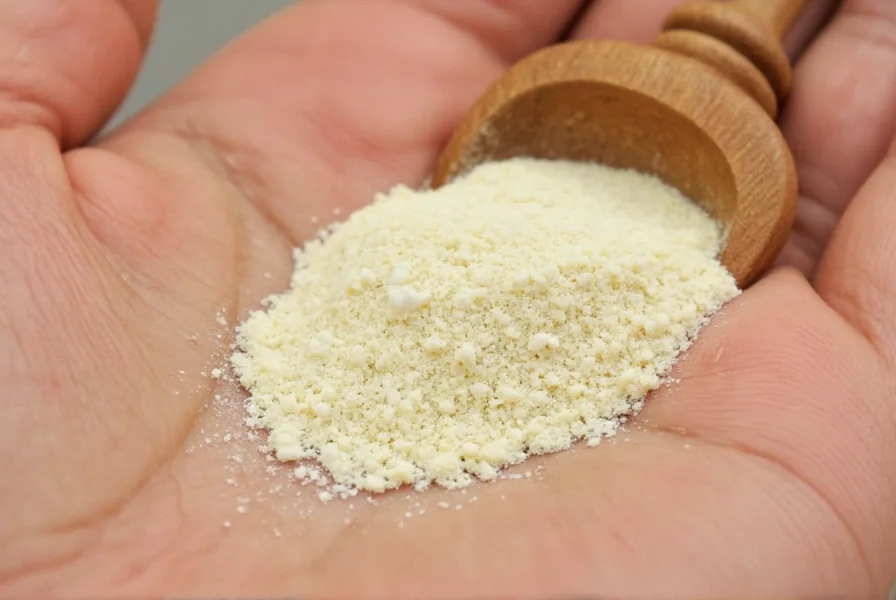









 浙公网安备
33010002000092号
浙公网安备
33010002000092号 浙B2-20120091-4
浙B2-20120091-4